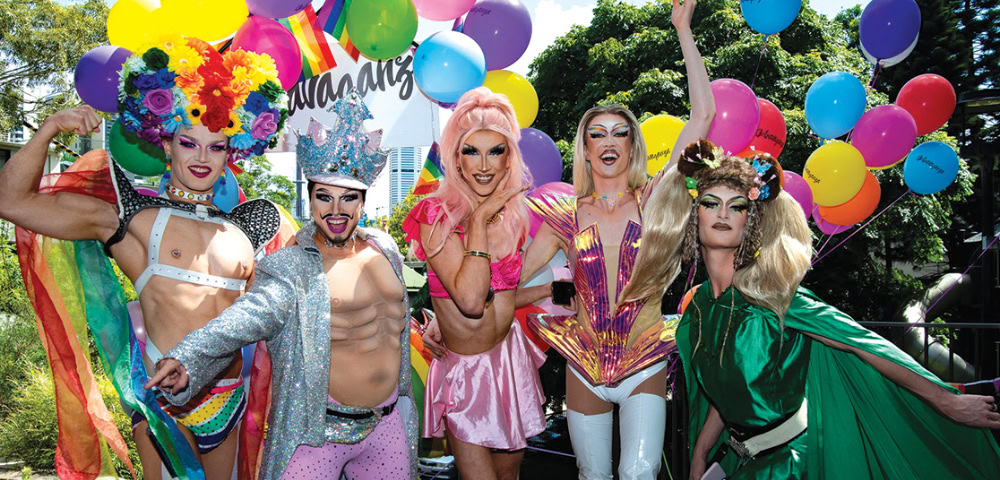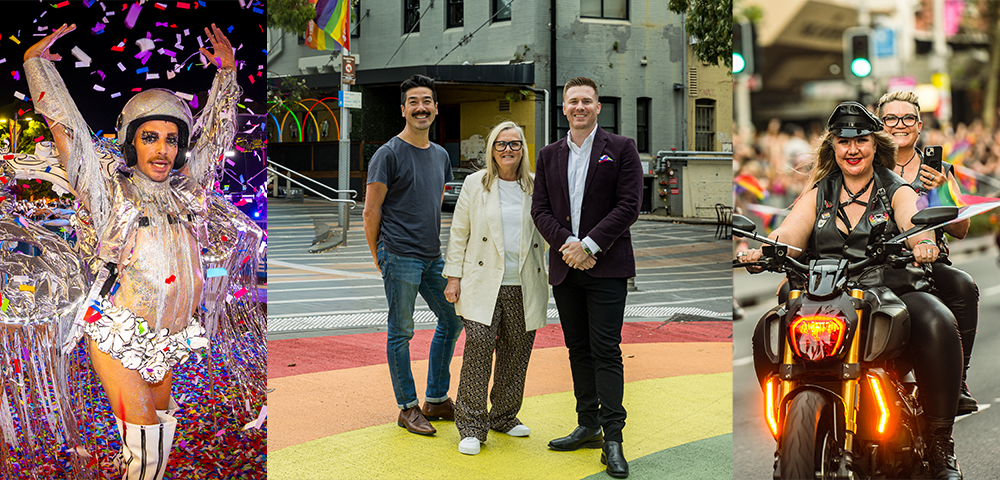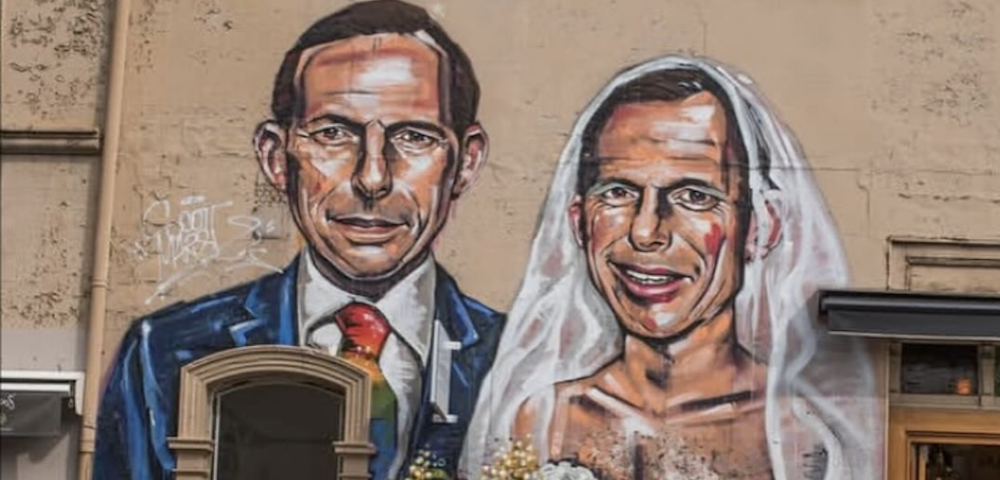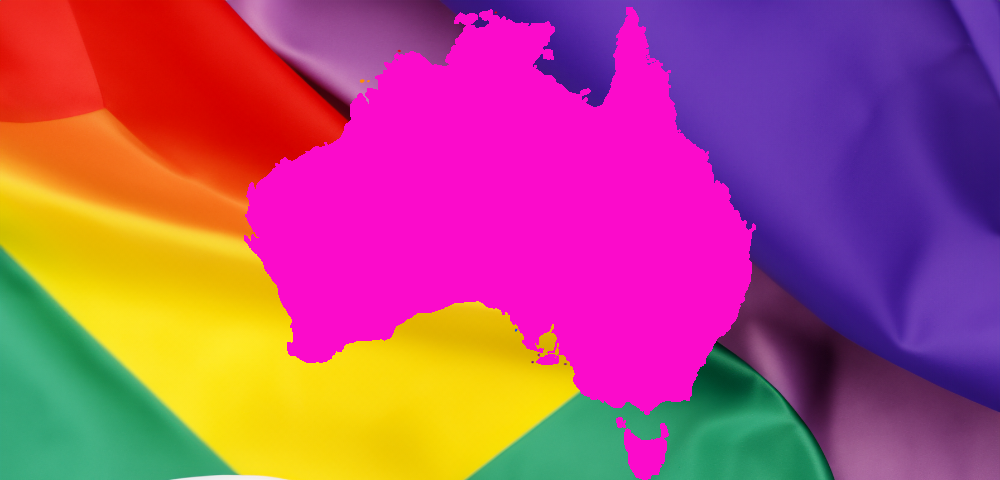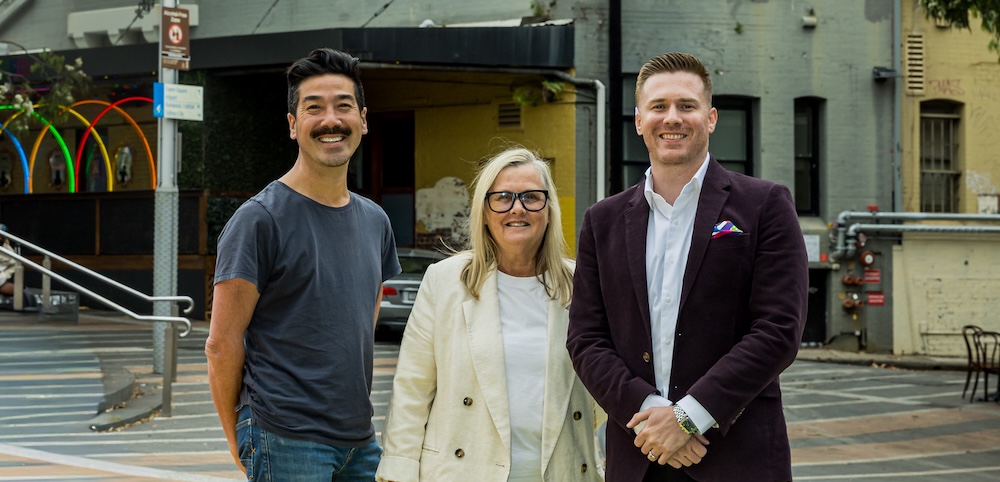
The great marriage debate
In January 2004, leading gay rights activist Rodney Croome predicted gay marriage would become the next Tampa. In other words, John Howard would use an anti-gay marriage campaign to woo voters in the lead-up to the 2004 federal election the same way he used the children overboard saga in 2001.
It’s time to start preparing for a debate that will set us back a decade if we stuff it up, or catapult this country to a new stage of gay acceptance if we handle it well, Croome said. In either case, 2004 may well be the biggest gay year Australia has ever seen.
To the surprise of many, Croome’s forecast was pretty much correct.
By the start of 2004 the gay marriage debate had already been heating up in America for some time. Then in January, when George Bush said the sanctity of marriage must be defended during his State of the Union address, it became clear the issue would become a contentious one in the 10 months leading up to the presidential election.
The debate erupted spectacularly on 12 February when San Francisco mayor Gavin Newsom started issuing marriage licences to gay and lesbian couples. Thousands of people travelled to the city from all over America and from as far away as Venezuela, Switzerland and Thailand. Newsom argued his actions were legal because the Californian state constitution bars discrimination of any kind. But Bush condemned the decision and publicly called for a constitutional amendment to ban same-sex marriage. Decisive and democratic action is needed, because attempts to redefine marriage in a single state or city could have serious consequences throughout the country, he said.
In February John Howard said the ACT’s new gay relationship and adoption laws reduced the status of marriage and were inconsistent with federal laws. In March he reiterated his point: I’m against gay adoption, just as I’m against gay marriage, he said. I think there are certain benchmark institutions and arrangements in our society that you don’t muck around with.
On 11 March the California Supreme Court ordered the city of San Francisco to immediately stop marrying same-sex couples. The marriage spree saw 4,037 pairs tie the knot and inspired officials in New York, New Jersey, New Mexico and Oregon to hold gay weddings of their own. Following the intervention of the courts, same-sex marriage was completely stamped out.
At the end of April Croome’s prediction became a reality when Howard, following in Bush’s footsteps, went public with his intention to overhaul the 1961 Marriage Act to define marriage as being only between a man and a woman, effectively pre-empting attempts by same-sex couples married overseas to have their unions recognised here. The federal Labor Party said they were not likely to oppose the ban.
Things soon looked up in the US: history was made on 17 May when the state of Massachusetts became the first place in the country to allow same-sex couples to marry legally. But back in Australia things weren’t looking so rosy. On 27 May Howard announced he would go ahead with plans to bar same-sex couples from getting married, and also ban them from adopting overseas children. However, in an attempted sweetener he pledged to change superannuation and tax laws to allow same-sex couples to bequeath death benefits to their partner.
In June when the marriage and adoption legislation went before the Senate it was blocked by the Labor Party, who insisted a Senate inquiry be set up to investigate it. Submissions for and against the ban were sought from the public.
It was at this time the NSW Gay and Lesbian Rights Lobby made news when two committee members, Alistair MacKay and Bernard Ryan, resigned because they felt the organisation hadn’t fought for gay marriage. We could see this debate coming -“ it had happened in the States and it was very obviously going to happen here, said Ryan. Alistair and I felt frustrations that the lobby wasn’t prepared to formulate a strategy for it.
Lobby co-convenor Somali Cerise said the organisation decided not to make marriage a priority in the lead-up to the federal election. The decision was formulated through consultation with the community and studying overseas models, Cerise said.
In July 750 people attended the gay and lesbian rights rally at Sydney Town Hall to protest for equal relationship recognition before the law.
Then some good news. In the US, Bush’s bid to amend the constitution to ban gay marriage was embarrassingly defeated in the Senate due to internal divisions among Republican politicians. The issue wasn’t even brought to a vote after Republicans realised they didn’t have enough party support for the amendment.
The Howard government, frustrated by the Senate inquiry, in August introduced new legislation banning gay marriage. Labor supported it -“ because this time it didn’t seek to ban adoption as well. The announcement was made at a fundamentalist Christian conference where both Howard and shadow attorney-general Nicola Roxon showed their support for the ban and attempted to woo the religious right for the upcoming federal election. The marriage ban -“ the Tampa of 2004 -“ was passed.
It emerged that out of around 12,100 public submissions made to the Senate inquiry investigating the marriage ban, only 100 opposed the ban. Labor MP Tanya Plibersek told Sydney Star Observer she was disappointed the GLBTQ community didn’t make more submissions, as it would have been a great opportunity to state their case.
Senator Amanda Vanstone, speaking at a Sydney Gay and Lesbian Business Association function, said she and her coalition colleagues received almost no feedback on the marriage issue from the gay and lesbian community. If you think someone else is doing it, they’re not, Vanstone said. I just thought you should know.
The progress of gay marriage around the rest of the world continued to be mixed. In October Spain’s government passed laws which will allow same-sex couples to marry and adopt, and should come into effect some time in 2005. Britain and New Zealand both made it legal for gay couples to form civil unions, giving them the same rights as heterosexual couples in civil marriages. And in Canada, where eight provinces and territories already recognise gay marriage, the Supreme Court declared gay marriage should be legalised across the whole country.
In November, 11 US states banned gay marriage after putting it to a public vote. Bush was re-elected president and pledged to push forward with another attempt to amend the constitution.
At the end of 2004 Australian gay rights activists decided it would be best to push for civil unions. In a promising move a South Australian Liberal politician has put forward legislation to legalise same-sex civil unions in that state. But the struggle for marriage, it seems, is over for now. It wasn’t something the gay and lesbian community asked for, and it was certainly a battle they were reluctant to fight. But it did make many aware of the legal inequalities their relationships face, and perhaps they’ll be more willing to fight in the future.




